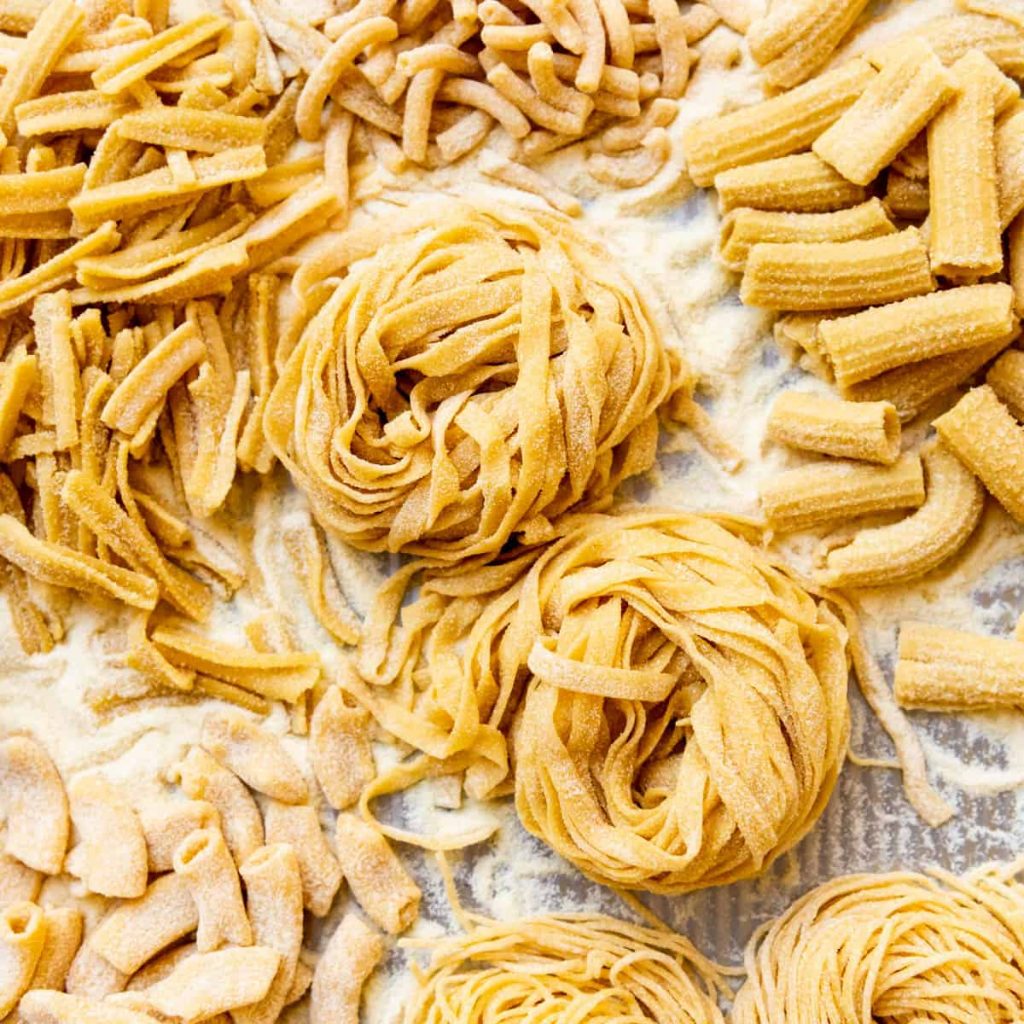
Pasta, a culinary delight that has woven its way into the heart of global cuisines, holds a fascinating history spanning centuries. This article seeks to uncover the origins, evolution, and cultural significance of this beloved staple.
Origins of Pasta:
The exact origins of pasta remain shrouded in mystery. While commonly associated with Italy, its history predates the Italian peninsula by centuries. Some believe that pasta traces its roots to ancient China, where noodles made from millet and rice were consumed as early as 5000 BC. Marco Polo, the famed Venetian explorer, is often credited with introducing pasta to Italy upon his return from China in the 13th century, although this claim remains debated among historians.
Early Forms of Pasta:
The Etruscans, an ancient civilization in Italy, are thought to have made a precursor to pasta called “lagane,” flat sheets of dough cut into strips, dating back to the 4th century BC. Greeks also had a similar dish known as “laganon,” suggesting that the concept of pasta-like food was widespread in the Mediterranean region.
The Roman Empire played a significant role in refining pasta. They crafted a dish called “laganum,” which was a thin sheet of dough cut into strips and commonly consumed by the wealthy. The Romans experimented with different shapes and recipes, laying the groundwork for the pasta we recognize today.
Medieval Development and Spread:
During the Middle Ages, pasta-making techniques spread across Europe, with regions like Sicily becoming pivotal centers for its production. Arab traders contributed to the evolution of pasta in Sicily by introducing dried pasta-making methods, allowing for easier preservation and transport.
The Renaissance and Pasta’s Evolution:
The Renaissance marked a pivotal period for pasta, as technological advancements in milling and pasta-making machinery led to the mass production of this versatile food. By the 18th century, pasta had become a staple in Italian households, with numerous shapes and varieties emerging, each tied to specific regions and traditions.
Pasta Goes Global:
The widespread popularity of pasta transcended borders through exploration, trade, and immigration. Italian immigrants carried their pasta traditions to the Americas, where it integrated into the culinary fabric of various cultures. Today, pasta dishes are beloved worldwide, adapted to local tastes and ingredients, from spaghetti in tomato sauce to Pad Thai noodles and ramen.
Cultural Significance:
Pasta has become deeply ingrained in cultural celebrations, religious rituals, and family gatherings across the globe. It symbolizes comfort, tradition, and unity, transcending differences and bringing people together through shared meals.
The journey of pasta is a testament to the interwoven tapestry of human history, migration, innovation, and culinary artistry. From humble beginnings to a global phenomenon, pasta’s evolution mirrors the ever-changing dynamics of societies, offering a taste of history on every plate. As we celebrate its legacy, pasta continues to delight palates and serve as a timeless ambassador of cultural exchange and gastronomic pleasure.